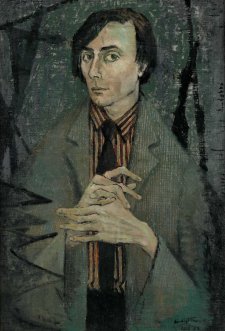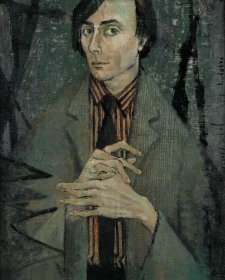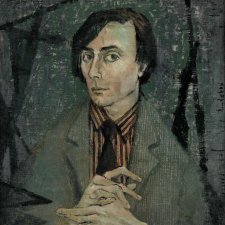- About us
- Support the Gallery
- Venue hire
- Publications
- Research library
- Organisation chart
- Employment
- Contact us
- Make a booking
- Onsite programs
- Online programs
- School visit information
- Learning resources
- Little Darlings
- Professional learning
William Buckley (1780-1856), known as 'the Wild White Man', was transported for life in 1802 for receiving stolen cloth. Sent with a group of officials and convicts to establish a settlement at Port Phillip, he escaped his work party with two others in October 1803. His companions turned back, never to be seen again, but Buckley made it to the opposite side of the bay. There he was found by a band of Wathaurong people, who shared their food with him. Buckley first encountered the Aboriginal people as he was carrying a spear which he had earlier found on a burial mound. It has long been supposed that the spear led to the 198cm white man's being welcomed by the Wathaurong as the reincarnated spirit of a kinsman. Accepted into their community and culture, Buckley learnt their language and customs and lived with them for more than thirty years before giving himself up to authorities. He was pardoned by lieutenant-governor George Arthur and employed by John Batman as an interpreter and guide. In Hobart from 1837, he worked at the Immigrants' Home and at the Female Factory. With the publication of The life and adventures of William Buckley (1852), his story became the stuff of folklore.
Purchased 2009



On one level The Companion talks about the most famous and frontline Australians, but on another it tells us about ourselves.



21 December 2020
In their own words lead researcher Louise Maher on the novel project that lets the Gallery’s portraits speak for themselves.



Visit us, learn with us, support us or work with us! Here’s a range of information about planning your visit, our history and more!